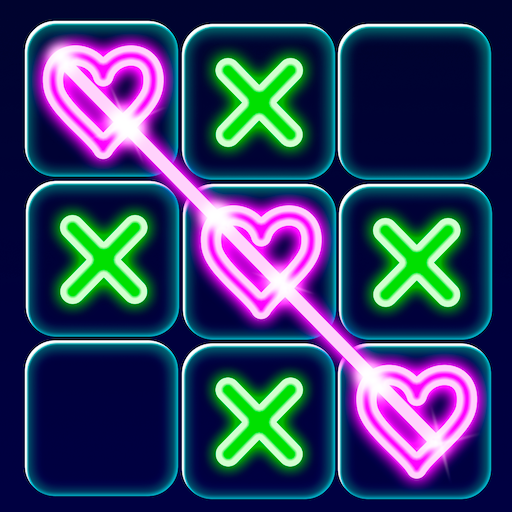
Civ 7’s Deluxe Edition has been released for just a day, and already the online community is buzzing with critiques about its user interface (UI) and other perceived shortcomings. But is the UI really as bad as the internet suggests? Let's dive in and analyze the game's UI elements to see if the criticisms hold up.
← Return to Sid Meier's Civilization VII main article
Is Civ 7's UI as Bad as They Say?
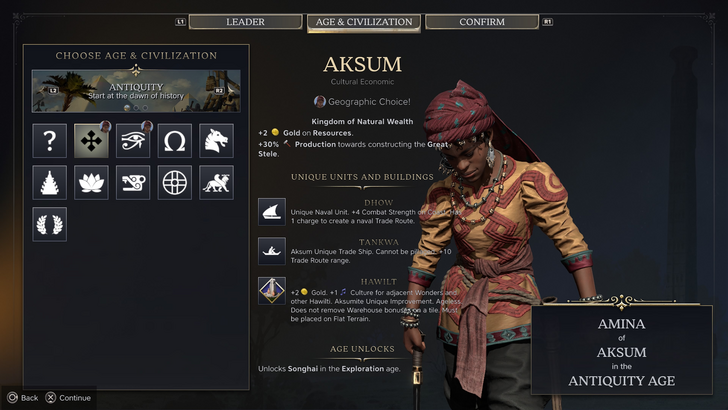
Civ 7, available to Deluxe and Founder’s Edition owners for just a day, is already facing criticism, especially regarding its user interface. While it's easy to jump on the bandwagon of criticism, it's important to take a step back and evaluate the UI critically. Let's break down the UI elements and see if they meet the standards expected from a 4X game.
What Makes a Good 4X UI?
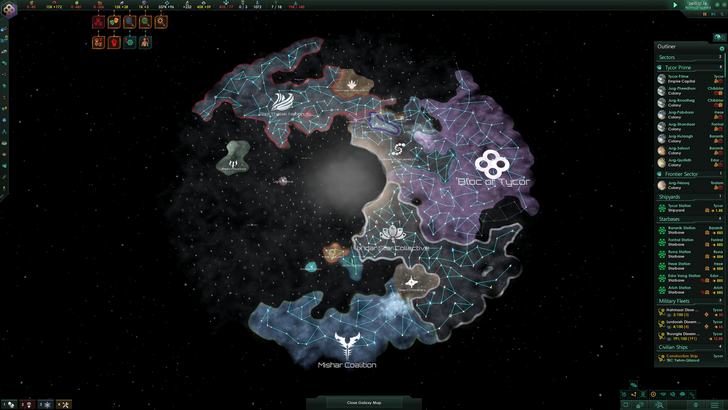
Designing a good 4X UI isn't a one-size-fits-all task; it depends on the game's context, style, and objectives. However, experts have identified common elements that contribute to effective 4X UIs. Let's assess Civ 7's UI against these standards.
Clear Information Hierarchy
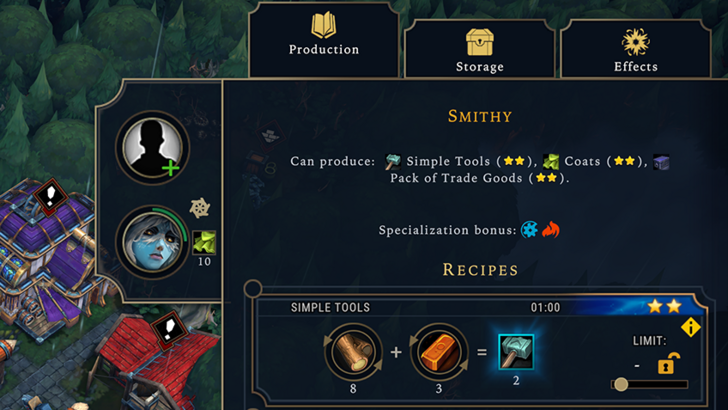
A clear information hierarchy in a UI ensures that essential gameplay data is easily accessible and prioritized. In 4X games, this means frequently used resources and mechanics should be easily accessible, with less critical features a few clicks away.
For instance, Against the Storm's building info menus exemplify clear hierarchy. When a building is right-clicked, a pop-up menu appears, organized into tabs based on the frequency of use and relevance.
Now, let's examine Civ 7's resource management UI. It does function, but not as effectively as it could. The summary menu provides an overview of resource allocation across your empire, using dropdown menus to separate income, yields, and expenses. While the layout is structured, it lacks detail in pinpointing which specific districts or hexes generate resources. More granularity would significantly enhance its effectiveness.
Effective and Efficient Visual Indicators
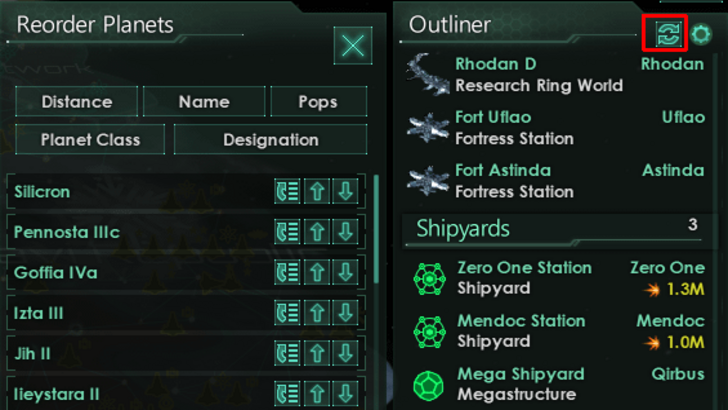
Visual indicators like icons and color coding are crucial for quickly conveying information without relying on text or numbers. Stellaris' Outliner is a great example, using visual cues to show ship statuses and colony needs at a glance.
Civ 7 employs iconography and numerical breakdowns for resources, with effective indicators such as the tile yield overlay and settlement overlays. However, it misses some of the specialized lenses from Civ 6, and the lack of customizable map pins has been a point of contention. While not terrible, there's room for improvement in this area.
Searching, Filtering, and Sorting Options
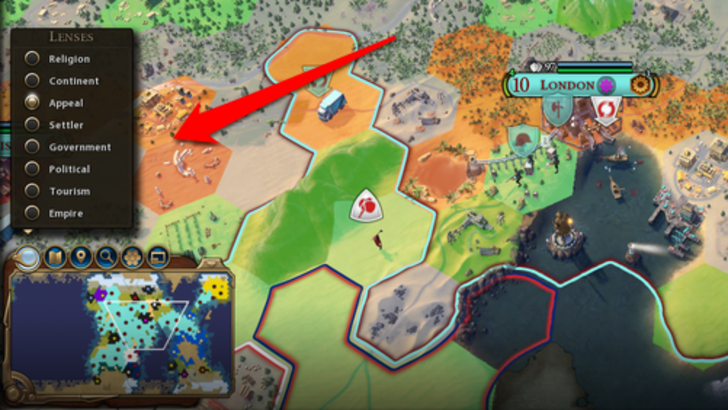
As 4X games grow in complexity, searching, filtering, and sorting become vital for managing information. Civ 6's search function and Civilopedia are prime examples, allowing players to locate resources and navigate seamlessly.
Civ 7, unfortunately, lacks this search function, which is a significant usability issue given the game's scale. Hopefully, future updates will address this and enhance the Civilopedia's functionality.
Design and Visual Consistency
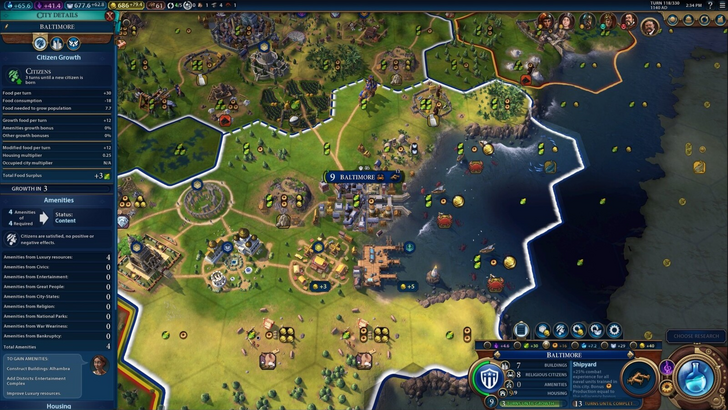
The UI's design and visual consistency are crucial for player engagement. Civ 6's cartographical style is a thematic success, blending seamlessly with the game's aesthetic.
Civ 7 opts for a more minimalist and sophisticated design, using black and gold to convey regality. While not visually forward, it aligns with the game's aesthetic. However, its subtlety can make it less immediately engaging for some players, leading to mixed reactions.
So What’s the Verdict?
It’s Not The Best, But Undeserving of Such Disapproval
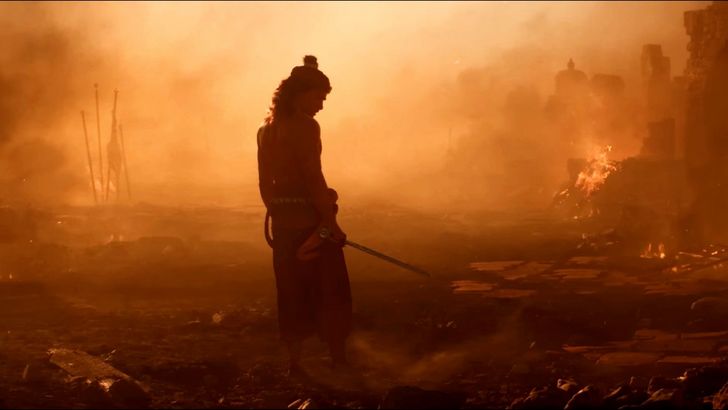
After evaluating Civ 7's UI against the outlined criteria, it's clear that while it's not the best or most refined, it's not as bad as many claim. The absence of key features like a search function is notable, but the UI's issues are minor compared to other game aspects. While it may not match the visual appeal and efficiency of some other 4X UIs, it has its strengths.
As a player, I find Civ 7's UI functional enough to enjoy the game. With future updates and community feedback, it has the potential to improve and win over more critics. But even now, it's not nearly as bad as the internet suggests.
← Return to Sid Meier's Civilization VII main article
Sid Meier's Civilization VII Similar Games

 Home
Home  Navigation
Navigation






 Latest Articles
Latest Articles


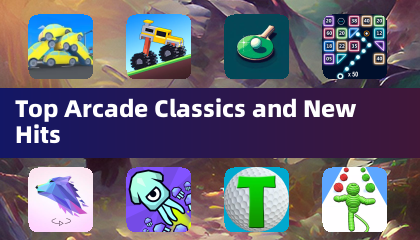


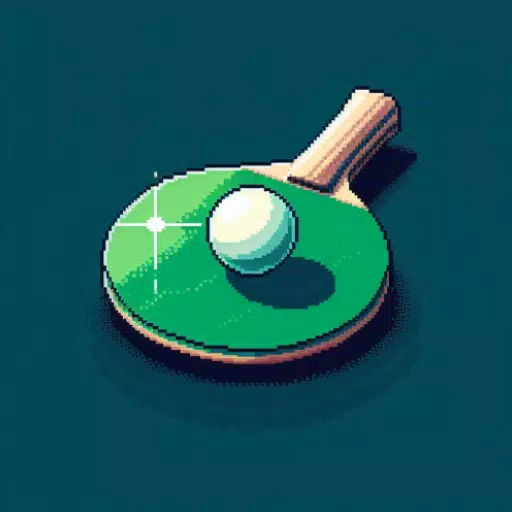
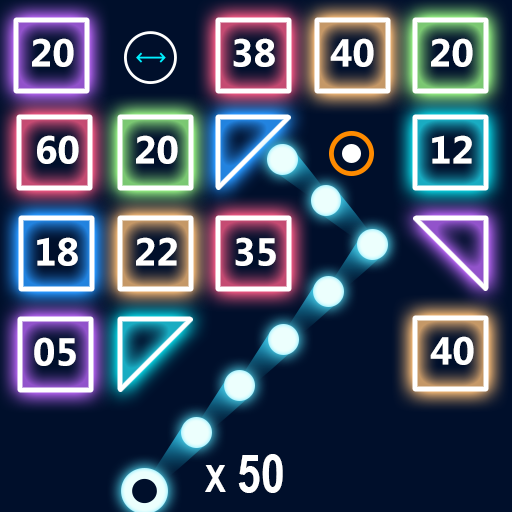
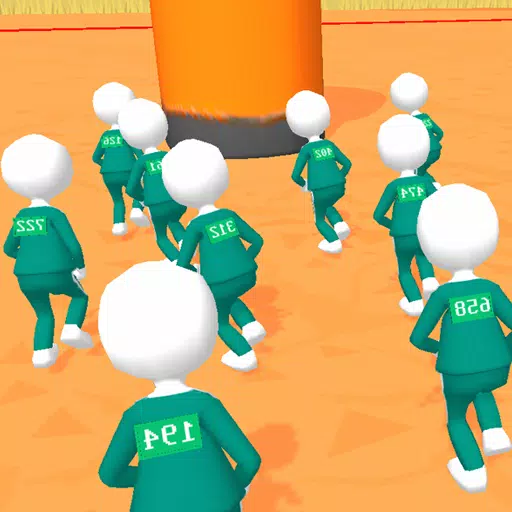


 Latest Games
Latest Games








